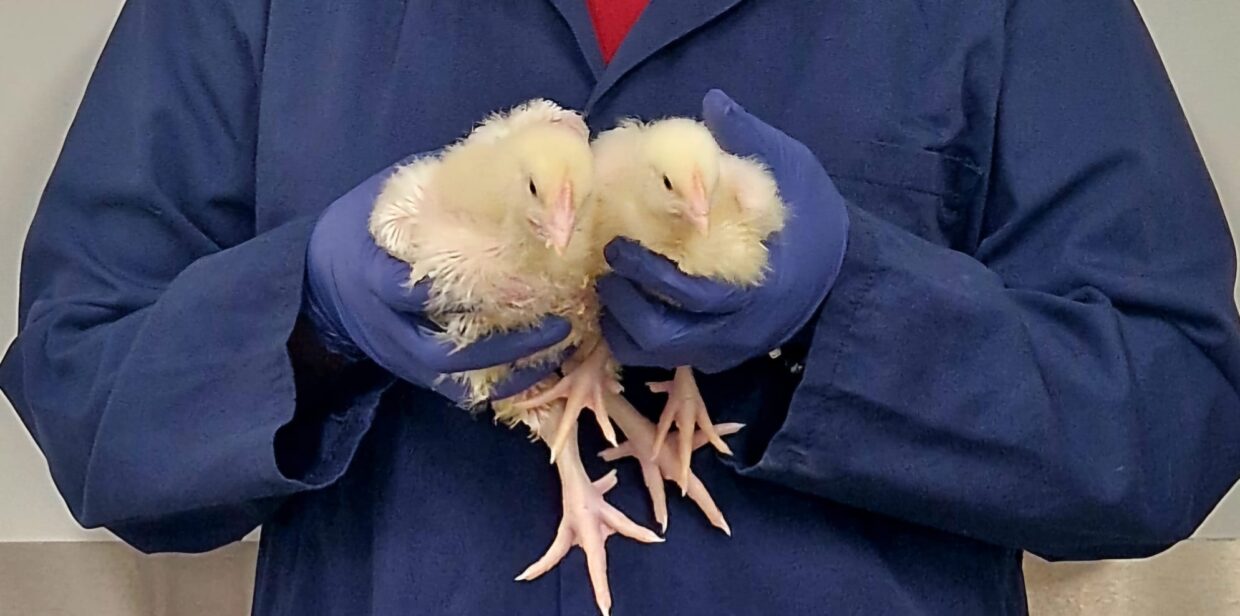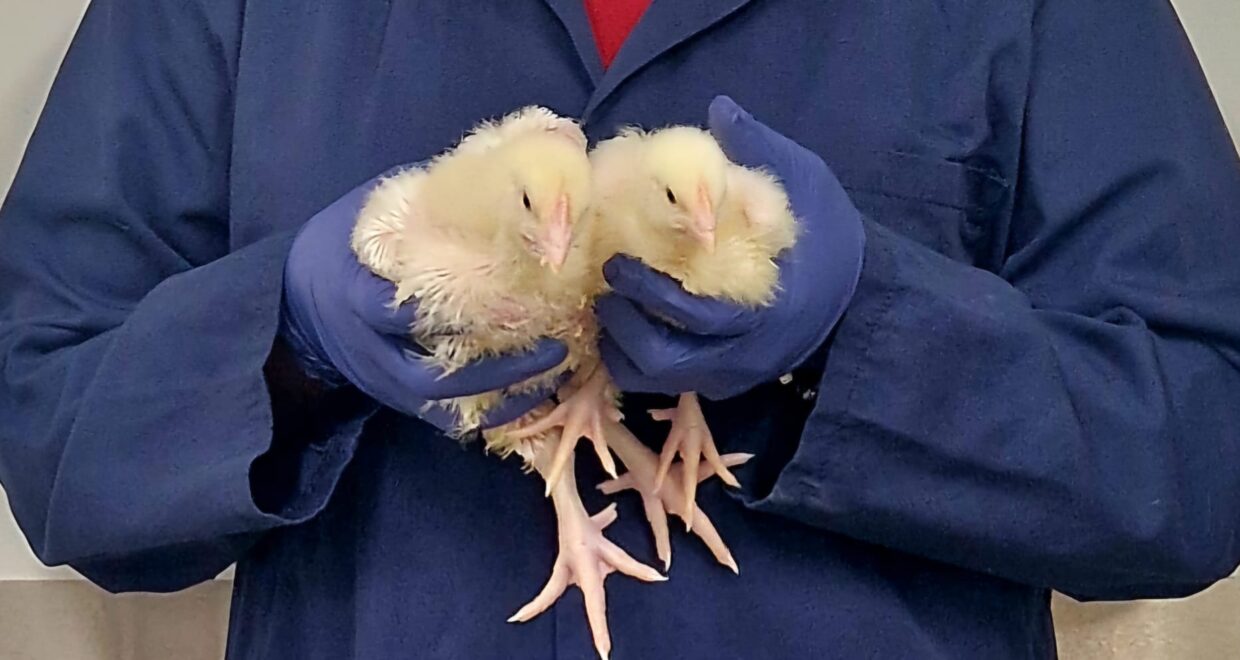A tale of two chickens; Understanding the physiological and transcriptomic differences associated with bodyweight in broilers
The paper “Identification of differences in digestive organ weight, bone mineral concentration, and ileal transcriptomic profiles of low and high weight broiler chicks“, published in The Journal of Agricultural Science, has been chosen as the latest Editorial Highlight and is freely available to download for one month.

The contemporary broiler chicken exhibits an impressive growth rate and robust constitution under commercial production systems resulting in an economical and high quality protein source. Broiler chickens are selectively bred to produce an animal which displays predictable growth performance and hence a high level of flock uniformity. Despite these efforts, variability in bodyweight during and at the end of the growth cycle exist and reflect many contributing factors, both genetic and environmental. This study sought to identify some of the physiological and genomic differences associated with contrasting bodyweight status in broiler chicks.
Ross 308 broiler chicks were reared in a common environment and ranked on the basis of seven-day old bodyweight, an important marker of chick quality in the industry, into super-performer (SP) and underperformer (UP) bodyweight groups. On day seven, gastrointestinal tract tissues were weighed and subjected to transcriptomic analyses and tibial bones were profiled for mineral concentrations.

The study showed that UP chicks had reduced concentrations of tibial bone ash, sodium, phosphorus and rubidium, and increased concentrations of cadmium, caesium and lead when compared with SP chicks. Ileal transcriptomic analysis suggested greater activation of the Wnt and calcium signalling pathways in SP chicks. As the UP chicks had a relatively heavier gizzard weight, we speculated that a contributing factor to the greater levels of heavy metals in the bones of UP chicks may be arising from consumption of softwood litter. This hypothesis has been investigated in subsequent studies. This small scale study displayed some interesting physiological, compositional and genomic differences in broiler chicks of varying bodyweight and may contribute to further research targeting improved uniformity in poultry meat production.
The Journal of Agricultural Science Editorial Highlights are selected by the Editor-in-Chief and are freely available for one month. View the recent selections here.






